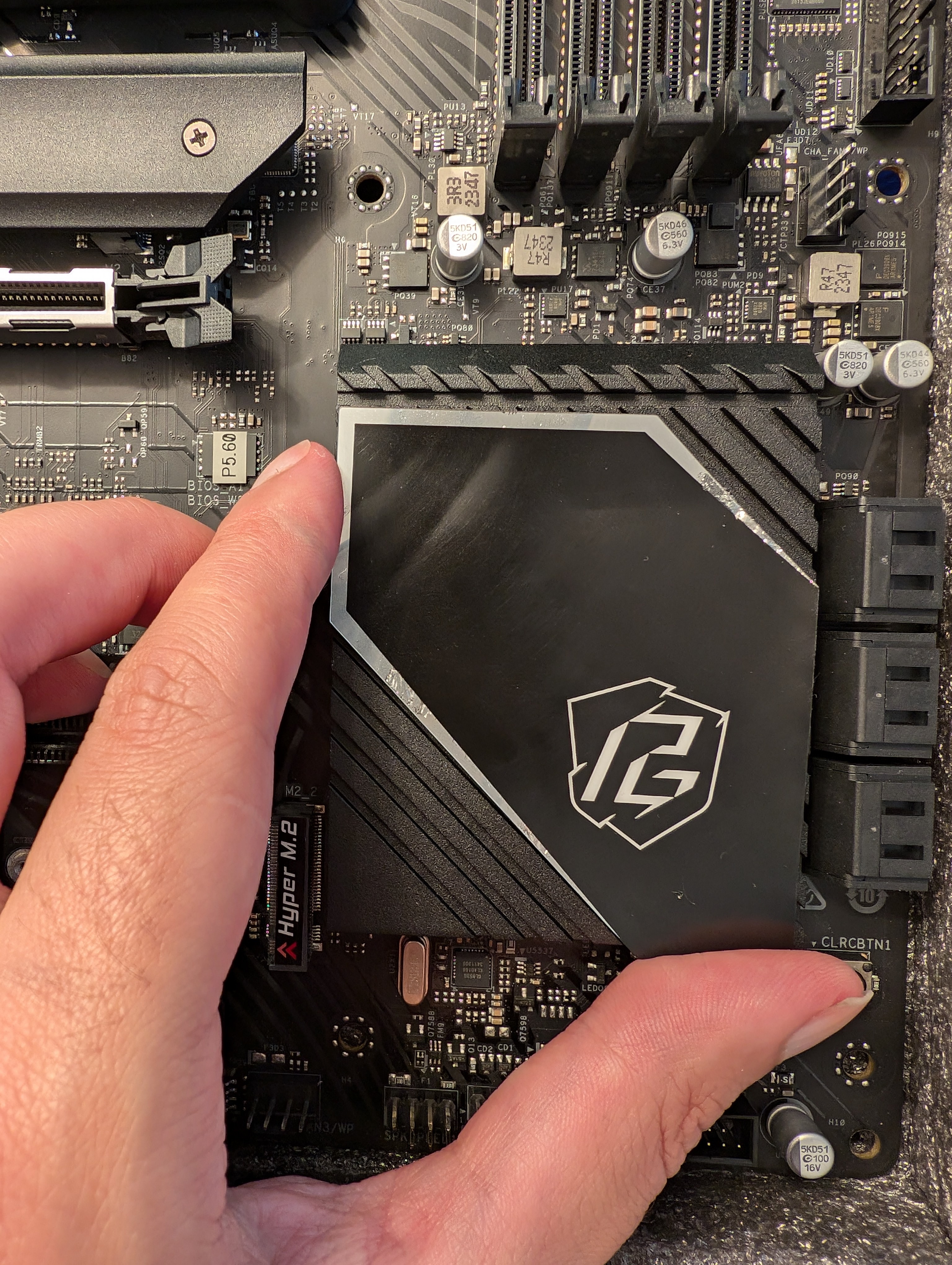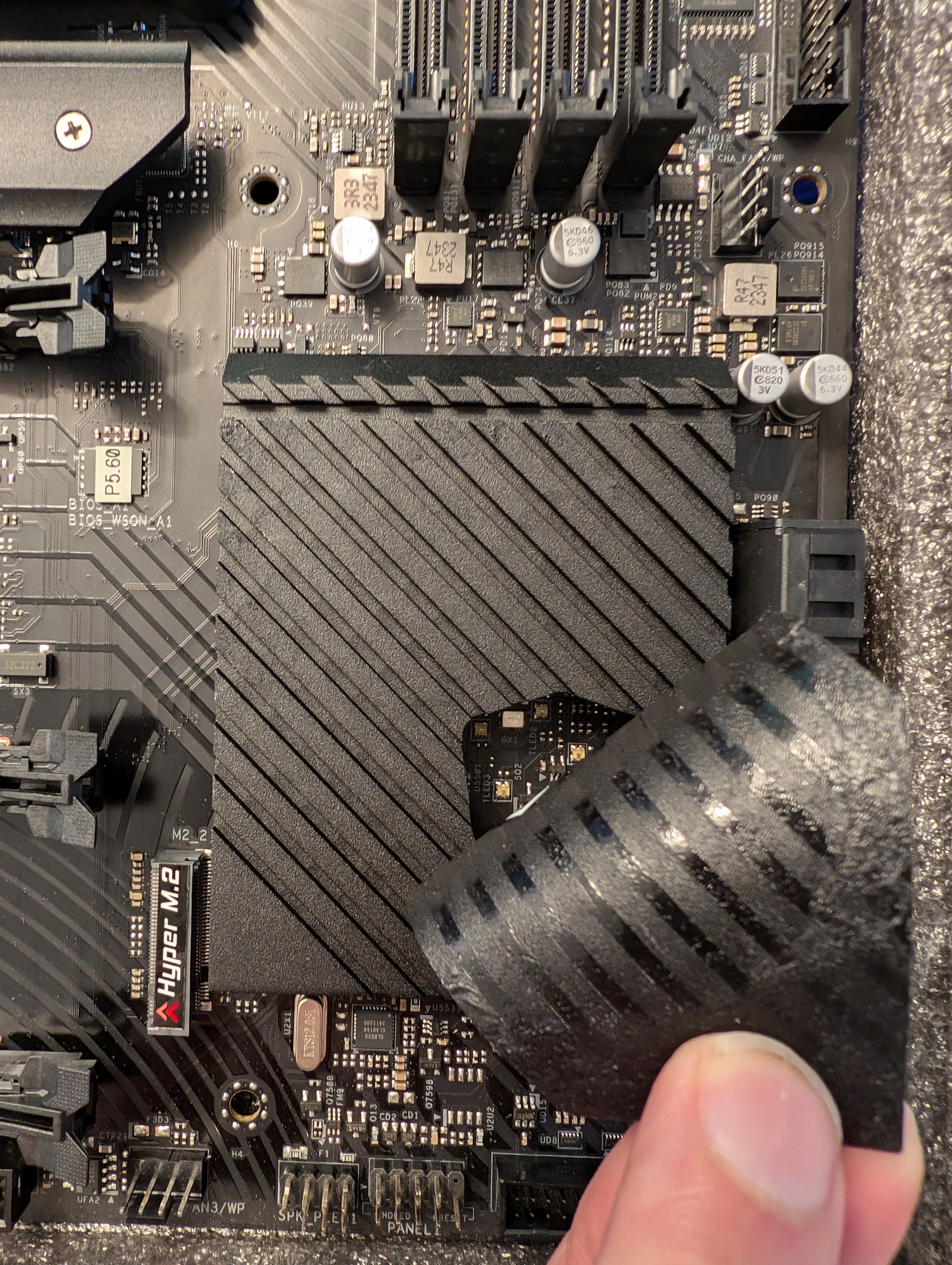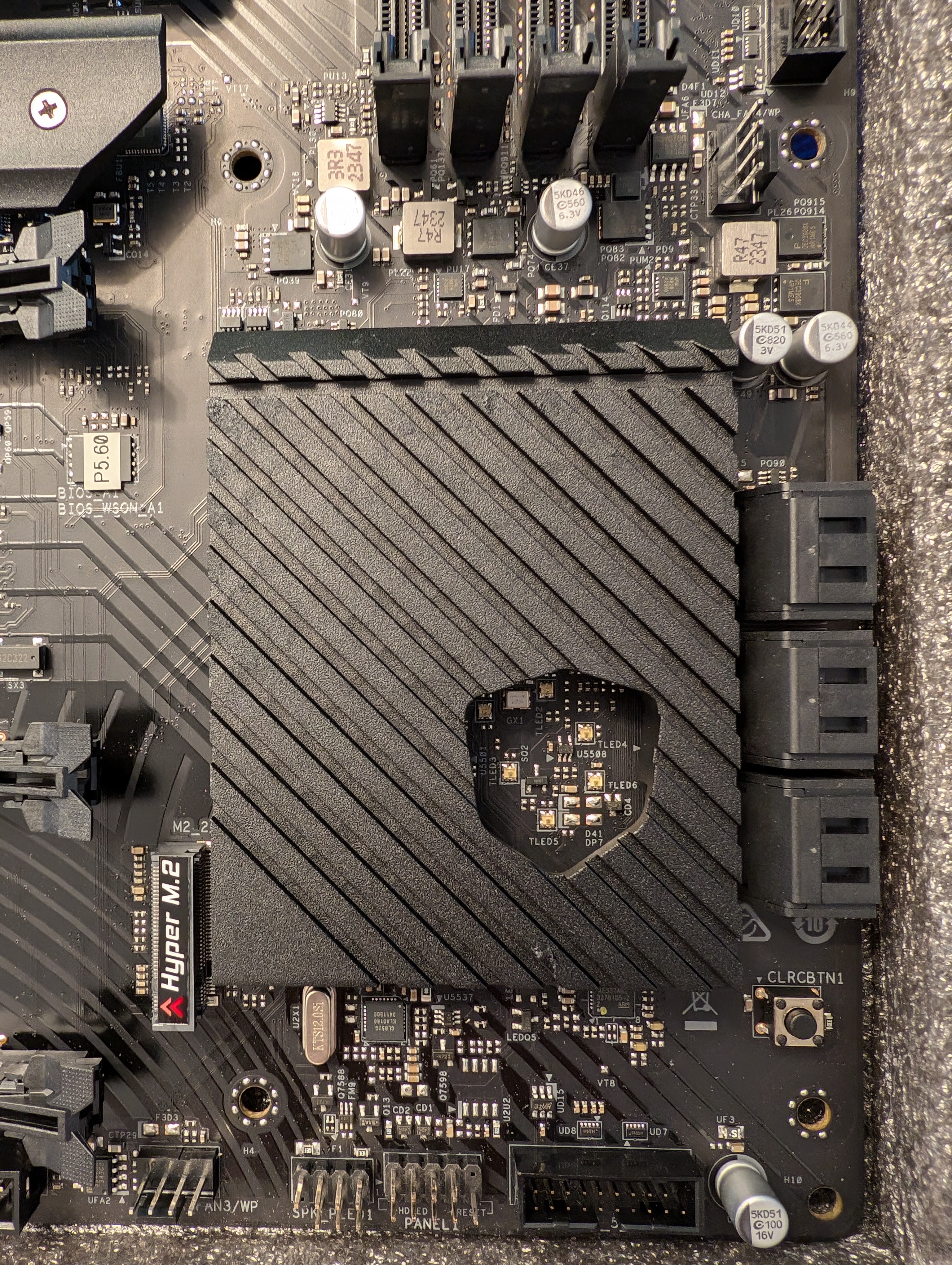this post was submitted on 13 Oct 2024
45 points (97.9% liked)
PC Master Race
14868 readers
1 users here now
A community for PC Master Race.
Rules:
- No bigotry: Including racism, sexism, homophobia, transphobia, or xenophobia. Code of Conduct.
- Be respectful. Everyone should feel welcome here.
- No NSFW content.
- No Ads / Spamming.
- Be thoughtful and helpful: even with ‘stupid’ questions. The world won’t be made better or worse by snarky comments schooling naive newcomers on Lemmy.
Notes:
- PCMR Community Name - Our Response and the Survey
founded 1 year ago
MODERATORS
you are viewing a single comment's thread
view the rest of the comments
view the rest of the comments




Unfortunately I didn't take before/after measurements but this thick plastic sheet cannot be good for the chipset thermals. 🥲
It can't hurt to give it more cooling capacity. But it probably doesn't matter much. It will run a a bit warmer with the sticker, but still be well within what the hardware can handle. Since it normally isn't a performance critical component, it won't run too hot and cooling it more gives no benefit.
All the same, I kinda hate it when they put a big heatsink on something and then cover it up with stickers. But the size of the heatsink is usually part of the marketing and not an actual design requirement.
While true for the component itself, there's material difference for any caps surrounding it. Sure the chipset would work fine at 40, 50, 70°C. However electrolytic capacitors lifespan is halved with every 10°C temperature increase. From a brief search it seems solid caps also crap out much faster at higher temps but can outlast electrolytic at lower temps. This is a consideration for a long lifespan system. The one in my case is expected to operate till 2032 or beyond.
I don't think other components degrade in any significant fashion whether they run at 40 or 60°C.